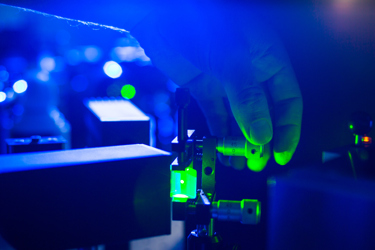Ensuring Optimal Laser Performance: What Parameters Should Be Measured?

When you purchase a new laser, it always comes with a long list of specifications. Some parameters might not be useful to you, but others might be important to your application.
Let me present different laser parameters that can be measured and examples of applications that require them to be measured.
Wavelength
Wavelength is a key parameter of any laser process because absorption, transmission, and reflection all depend on it. Every material from metals to organic tissues will absorb a different fraction of light. This fraction will depend on the wavelength. The material used in your application usually determines the wavelength of your laser.
One example is CO2 lasers used in skin laser resurfacing. Skin is made mostly of water and water absorbs a high portion of light emitted at 10.6 um, hence why you would use CO2 here.
In most applications, the wavelength does not need to be measured, because it is a stable parameter. Even if the central wavelength changes a bit from one laser to another, the fraction of absorption does not change a lot between two wavelengths a few nanometers apart.
Wavelength measurements can be used in some applications like manufacturing the lasers themselves or precise measurement methods that rely on wavelength shifts.
Get unlimited access to:
Enter your credentials below to log in. Not yet a member of Photonics Online? Subscribe today.
